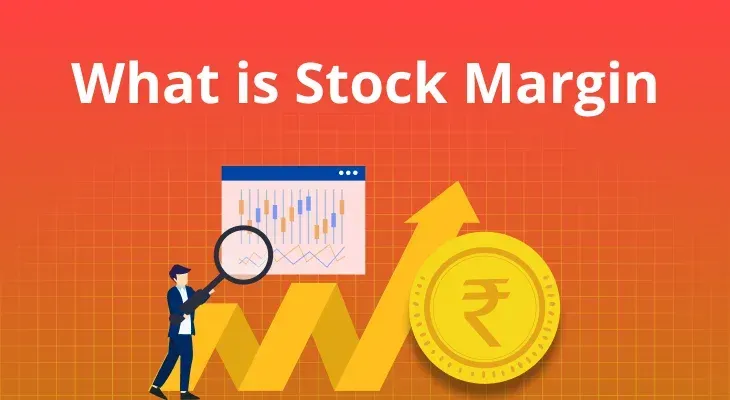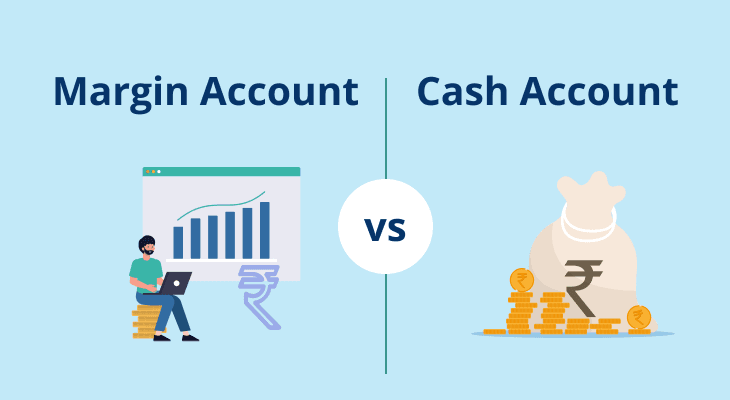
What is the stock margin?
One of the many advantages of Indian stock market is that you can invest in companies even with limited funds. With stock margin, you can purchase a wide range of securities even when you don’t have the required funds to complete the transaction.
Wondering what the meaning of stock margin is and how it can help you maximise your returns? Continue reading to find out all about this concept.
What is the stock margin?
Stock margin is defined as the amount of money that you borrow from your stockbroker. The borrowed money can then be used to purchase stocks. However, the stock that you purchase using the stock margin will need to be pledged with the broker as collateral.
The amount of stock margin you’re eligible for will vary depending on the stockbroker and the stock that you wish to purchase. Generally, stockbrokers only provide 50% to 80% of funding. The remaining amount will have to be borne by you instead. However, you can avail MTF with m.Stock, and get up to 80% funding at interest rate starting at 6.99% p.a.
Here’s an example to help you better understand the concept of stock margin. Assume that you wish to purchase 100 shares of Infosys Limited. The share price is currently ₹1,200 per share. The total value of the purchase transaction comes up to ₹1,20,000.
Since you don’t have the requisite funds to carry out this transaction, you opt to purchase them on a margin. Your stockbroker is willing to offer 75% of funding on this transaction. This would mean that out of the total trade value of ₹1,20,000, you will only have to pay 25%, which comes up to ₹30,000. The remaining ₹90,000, which is the stock margin, will be funded by your stockbroker.
Once the purchase transaction is complete, the 100 shares of Infosys Limited shall be pledged as collateral.
Relation Between Stock Margin & Margin Trading
Now that you’re aware of the definition of stock margin, let’s take a look at how it is related to margin trading.
As you’ve already seen, the stock margin is the amount of money that you borrow from your broker to purchase shares. Margin trading, on the other hand, is the practice of borrowing funds from a stockbroker and using it to purchase shares.
Not all stockbrokers offer the margin trading facility (MTF) to investors. Also, the interest rates on stock margins you avail may vary from one broker to another. In addition to interest, you might also have to pay pledge creation and pledge removal charges. You can avail Pay Later (MTF) with m.Stock, and get up to 80% funding at interest rate starting at 6.99% p.a.
Advantages of Margin Trading
Margin trading facility offers a host of different advantages. Here’s an overview of some of the key benefits that you stand to gain by opting for this facility.
Enhances Your Purchasing Power
The primary advantage of margin trading is that it amplifiesyour purchasing power. You can purchase stocks that are out of your reach even though you have limited funds in your trading account. With m.Stock, you get up to 80% funding, requiring you to pay only the remaining 20% from your funds. This effectively means that with m.Stock’s Pay Later (MTF), you can purchase stocks worth ₹1,00,000 by simply paying ₹20,000 out of your pocket.
Increases Your Profit Generating Capacity
Margin trading allows you to take advantage of leverage. Leverage is the ability to take on large positions by paying only a percentage of the trade value. Pay Later allows you to purchase more shares than you would have been able to with just your funds. Even small price movements in your favour can enhance your profits. This makes stock margin the perfect tool for trading during periods of low volatility.
Promotes Efficient Use of Your Capital
With margin trading, you don’t have to use all of your capital to purchase a company’s shares. Instead, you can just use a small percentage of your total investment capital and invest the rest in other asset classes like gold, bonds, commodities, or even government securities. This way, you can not only use your capital more efficiently but can also lower your investment risk through diversification of your portfolio.
Conclusion
With this, you must now be aware of stock margin and margin trading. Despite the many advantages that it has, trading on margin has its own set of drawbacks. The facility is more suitable for short-term trading. This is because the longer you hold the stock purchased on margin, the higher your interest costs are likely to be. And secondly, if the stock moves against your position, your losses may also be magnified since you will have to account for the interest cost as well as the decline in the stock’s value.
That said, with judicious use of stock margin, you may be able to effectively improve the return on your investment. If you’re planning on trading stocks on margin, m.Stock’s margin trading facility can help. You get industry-beating interest rates starting from 6.99% per annum. Additionally, you get other benefits such as pre-pledging of stocks, low pledge creation charges, and zero subscription or hidden charges.


